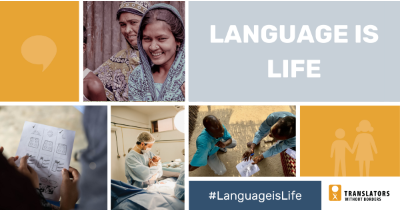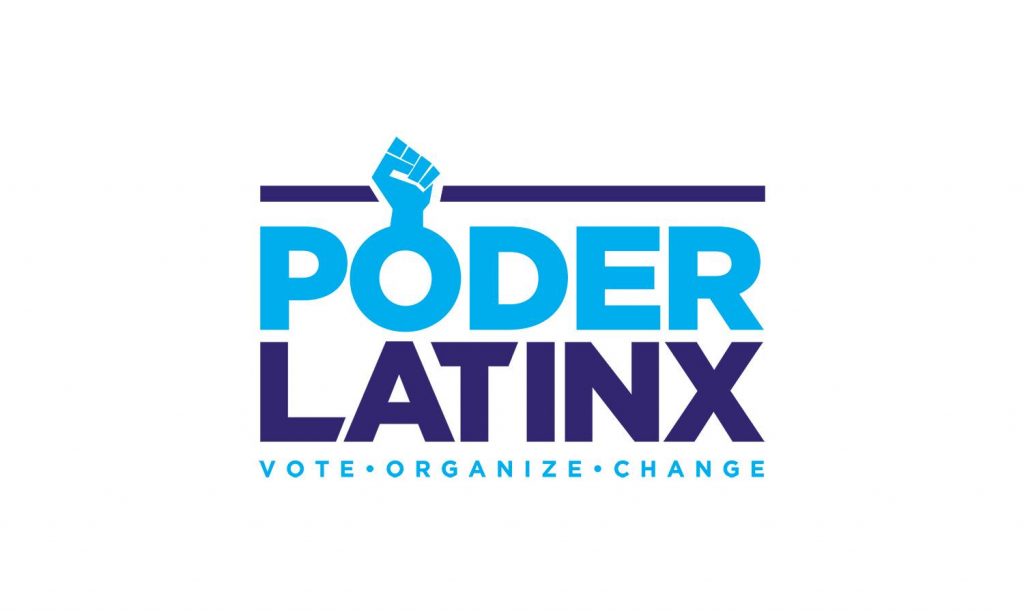
The European Language Equality Network (ELEN), with its Welsh, Scottish, Irish, and Cornish member organizations, has issued a warning about the “potentially disastrous effect of Brexit on the Celtic languages.”
According to the statement, “Brexit will have a profoundly negative effect for all of the Celtic languages spoken in the UK. These language communities in Wales, Scotland, the north of Ireland, and Cornwall are faced not only with losing direct funding via programs such as Erasmus+, Creative Europe, and Horizon 2020, but also significant structural funds such as the Social Fund, Interreg, Growth, LEADER, and EAFRD, all of which have created sustainable employment for Celtic-language speakers in sectors such as agriculture, fishing, tourism, and higher education. Outside the Common Agricultural Policy, agriculture and the rural economy will face huge challenges—and these are extremely important sectors where Celtic-language speakers live and work.”
ELEN, which works to protect and promote 45 European minoritized languages with 150 member organizations in 23 regions, fears that support for the Celtic languages, most of which are defined as endangered and need support for their revitalization, may dwindle while the UK Parliament decides on whether to accept the government’s draft withdrawal agreement or decides on no deal or to remain in the European Union.
The UK’s devolved governments have, for the most part, been strong supporters of the Celtic languages, linguistic diversity, and shared cultural heritage.
The UK government has said that existing funding will be guaranteed only until 2020. In addition, with a no-deal Brexit, there will be the huge loss of access to the European markets, with the potential of trade tariffs and border controls, which will affect all economic sectors.
“Welsh will be particularly badly affected, as so much of rural and urban Wales receives EU funding. For example, under WTO rules, lamb exports will be taxed by an extra 40%, meaning that Welsh hill farmers’ livelihoods will be severely affected, and considering that most of these farmers live their lives through the medium of Welsh and that they underpin the fabric of rural Welsh-speaking society,” claims ELEN.
In the north of Ireland, cross-border funding programs are used to support Irish-language projects, so ELEN is asking that governments “help the Irish language community to ensure that language planning and development continues on an all-Ireland basis, help ensure that any potential new border rules have no impact on Irish language funding, planning, and development, and uphold the Good Friday Agreement which underpins the peace process.”
In Scotland, Gaelic has benefited from a wide range of direct and indirect European funding, the loss of which could severely hinder preservation of the language. Cornwall has also been receiving European “convergence” funding, which supports the local language, culture, and infrastructure projects.











